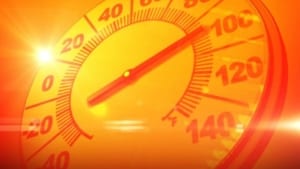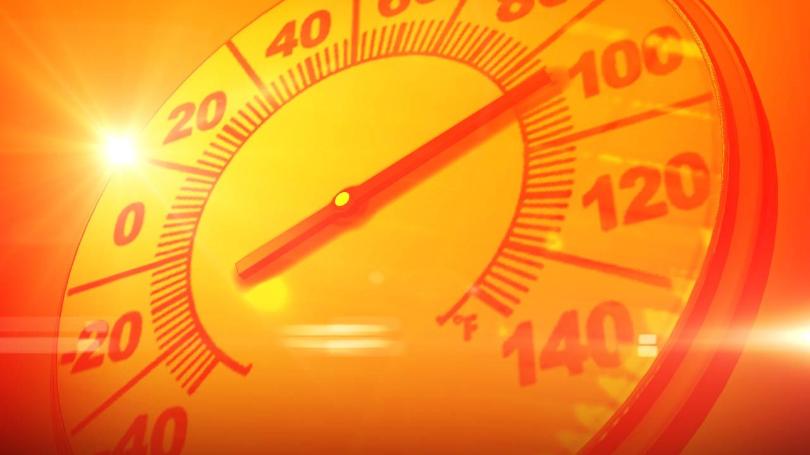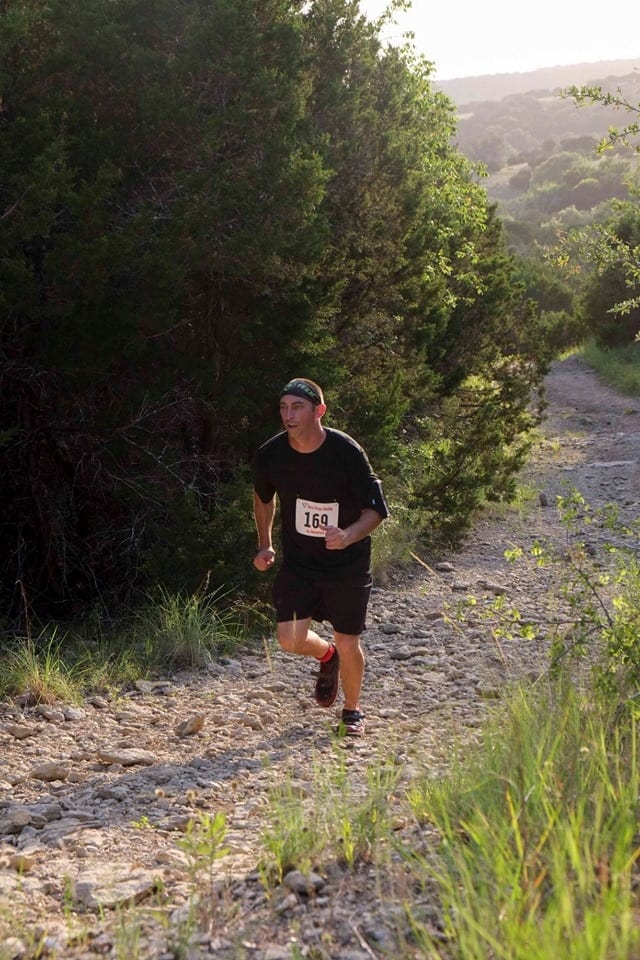Getting Yourself Ready to Train and Race in the Heat
by AC Hale

Running Hot
For a lot of endurance athletes training in the heat has become a fact of life. A lot of races go on through the summer. This means we need to train our bodies to work in the heat so we don't end up with a DNF in the med tent. Your first thought might be, “I'll just race an earlier wave time when it's cooler.” Anyone at Conquer the Gauntlet Dallas in 2018 will tell you it was hot, start to finish. Elites were starting the first wave with near-90 degree temperatures at 8:30 am. Being prepared to perform in the heat is important. Due to my occupation and where I live, I've pieced together some information that I hope helps all of us be more prepared for the hot weather.
Running and training in the heat is certainly different than doing it in the cold. In the winter you can layer up to stay warm. In the summer, well, you can only take off so much clothing before it becomes illegal. Taking the time to become acclimated to the heat helps prevent serious heat emergencies and can improve your performance when it is hot. Other benefits include: tolerating heat better, increased work performance, and less strain on the body's systems.
How do we build up heat tolerance?

Generally speaking, physical activity in the heat is necessary for becoming heat acclimated for that level of intensity. It's not enough to just sit outside in the heat, under a shade tree, while sipping your favorite beverage. You have to get out and “do work” as intensely as the level you want to be acclimated to.
Heat acclimatization can be achieved with 60-90 minutes of exercise a day in hot conditions, doing so for 1-2 weeks. Those who are less fit or those more susceptible to heat-related problems may require more days or weeks to fully acclimatize. For example, I will start with a 1-hour workout in the morning. Where I live, that's still upper-70s in the summer. Over the next two weeks I'll move to mid-morning and maybe 1-2 workouts a week in the hottest part of the day. The “hot” workouts will be shorter at first. Acclimating needs to be done gradually by increasing work time in the heat.
It's essential to replace fluids, and rest as needed, during hotter workouts. Individuals can sweat 0.8-1.4 liters per hour. We do not perceive thirst until we've lost about 2% of body fluid from sweating. In other words, thirst is a poor indicator of hydration. Stick to a regular hydration plan. Keep drinking during exercise and work, every 10-20 minutes. I sweat a lot, so I have at least 2 liters of cool (not cold) water handy. Also, make sure you drink electrolytes and the best time to do that is during exercise. Some good electrolyte choices are Tailwind Endurance Fuel, Hammer Nutrition Endurolyte products, or EndurElite ElectroElites.
Heat acclimatization isn't a “one-and-done” event. The benefits of acclimatization will be retained for about 1 week and then decay, with around 75% being lost about 3 weeks once heat exposure ends. What this means is you have to keep up with the hot weather workouts.
Sure, being heat acclimated will help you at your mid-summer races and warm weather training. Mostly, it will help you stay healthy and safe when you are outside in the heat, no matter what you are doing this summer.
(Disclaimer: This article is not a substitute for medical advice. Information sources include literature from the US Fire Administration, NAEMT-PHTLS curriculum, ACSM, American Heart Assoc., & Sports Science Exchange.)
Share this post!
11shares
Disclaimer: The viewpoints expressed by the authors do not necessarily reflect the opinions, viewpoints and official policies of Mud Run Guide LLC, or their staff. The comments posted on this Website are solely the opinions of the posters.